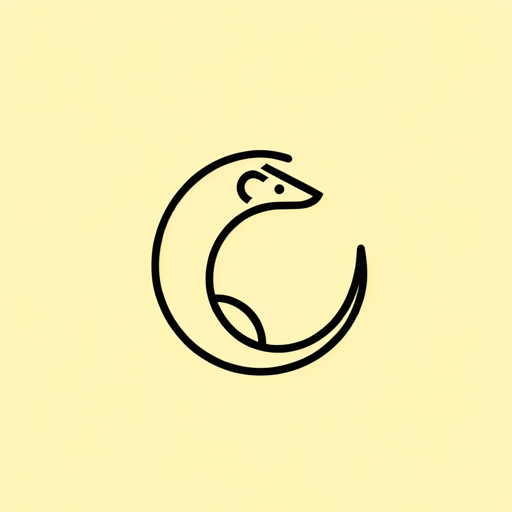27 pages • 54 minutes read
Rudyard KiplingRikki Tikki Tavi
Fiction | Short Story | Middle Grade | Published in 1894A modern alternative to SparkNotes and CliffsNotes, SuperSummary offers high-quality Study Guides with detailed chapter summaries and analysis of major themes, characters, and more.
Story Analysis
Analysis: “Rikki-tikki-tavi”
Content Warning: This section references colonialism and ethnic stereotypes.
Children’s literature often seeks to instruct or to impart a moral lesson, and “Rikki-tikki-tavi” is no exception. At its most basic level, the story is one of good versus evil and of bravery. Despite his small stature, Rikki-tikki-tavi is clearly a hero Kipling hopes readers will pattern themselves on. He even inspires songs similar to those that describe the feats of epic heroes, though Kipling adds comical touches that support the story’s more lighthearted, whimsical tone. In “Darzee’s Chaunt,” Rikki-tikki-tavi receives epithets akin to those that feature in epic poetry—“the valiant,” “the true,” “the ivory-fanged” (19)—but the poem ends before it has truly begun, cut off by Rikki-tikki-tavi himself. Yet even the humor is instructive, supporting the story’s message about Courage as Action: In four stanzas, Darzee has repeatedly announced his intention to tell listeners about Rikki-tikki-tavi but hasn’t gotten around to describing any of Rikki-tikki-tavi’s actions by the time Rikki-tikki-tavi, frustrated with Darzee’s premature celebration, interrupts him.
It is therefore not enough merely to be brave, the story suggests; rather, one must also act quickly and decisively. This is part of what distinguishes Rikki-tikki-tavi from the story’s other characters.
Related Titles
By Rudyard Kipling

If—
Rudyard Kipling

Kim
Rudyard Kipling

Lispeth
Rudyard Kipling

Seal Lullaby
Rudyard Kipling

The Conundrum of the Workshops
Rudyard Kipling

The Jungle Book
Rudyard Kipling

The Man Who Would Be King
Rudyard Kipling

The Mark Of The Beast
Rudyard Kipling

The White Man's Burden
Rudyard Kipling

